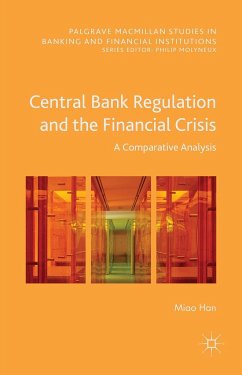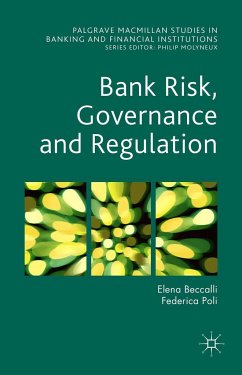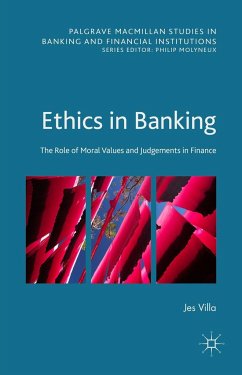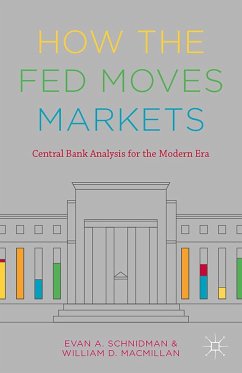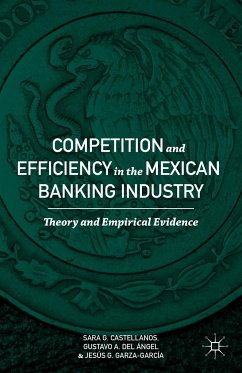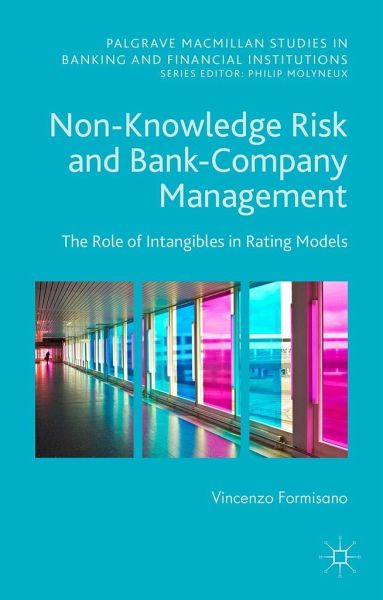
Non-Knowledge Risk and Bank-Company Management
The Role of Intangibles in Rating Models

PAYBACK Punkte
38 °P sammeln!
In the current economic scenario, the intangible assets contribute significantly to the construction of the competitive positioning of a company. It follows that this intangible information must be appropriately considered in the internal rating system (IRSs). Currently key aspects of business risk and operational risk such as potential for growth, competitive capabilities, core competencies, role in the supply chain of membership, and governance are being considered as secondary in this system. Intangible factors such as the milieu of the company and the environment in which it operates, are ...
In the current economic scenario, the intangible assets contribute significantly to the construction of the competitive positioning of a company. It follows that this intangible information must be appropriately considered in the internal rating system (IRSs). Currently key aspects of business risk and operational risk such as potential for growth, competitive capabilities, core competencies, role in the supply chain of membership, and governance are being considered as secondary in this system. Intangible factors such as the milieu of the company and the environment in which it operates, are not being appropriately considered. In this book, Vincenzo Formisano proposes new guidelines aimed to set desirable IRSs in which the weight of intangible assets is appropriately and properly valued. He addresses practical rules for achieving a rating system capable of understanding and enhancing the intangible assets of a company and for the assessment of creditworthiness. The first part ofthe book focuses on existing practices; the second part exposes a general model for the classification and interpretation of intangibles. The third part provides practical guidelines designed to configure desirable rating models in which the weight of intangible assets is correctly considered.This book offers theoretical and practical insights and an easy-to-read approach which provides a valuable source of information for teachers and students in Finance. It is also a useful reference point for the Banking, Accounting and Finance managerial communities.




